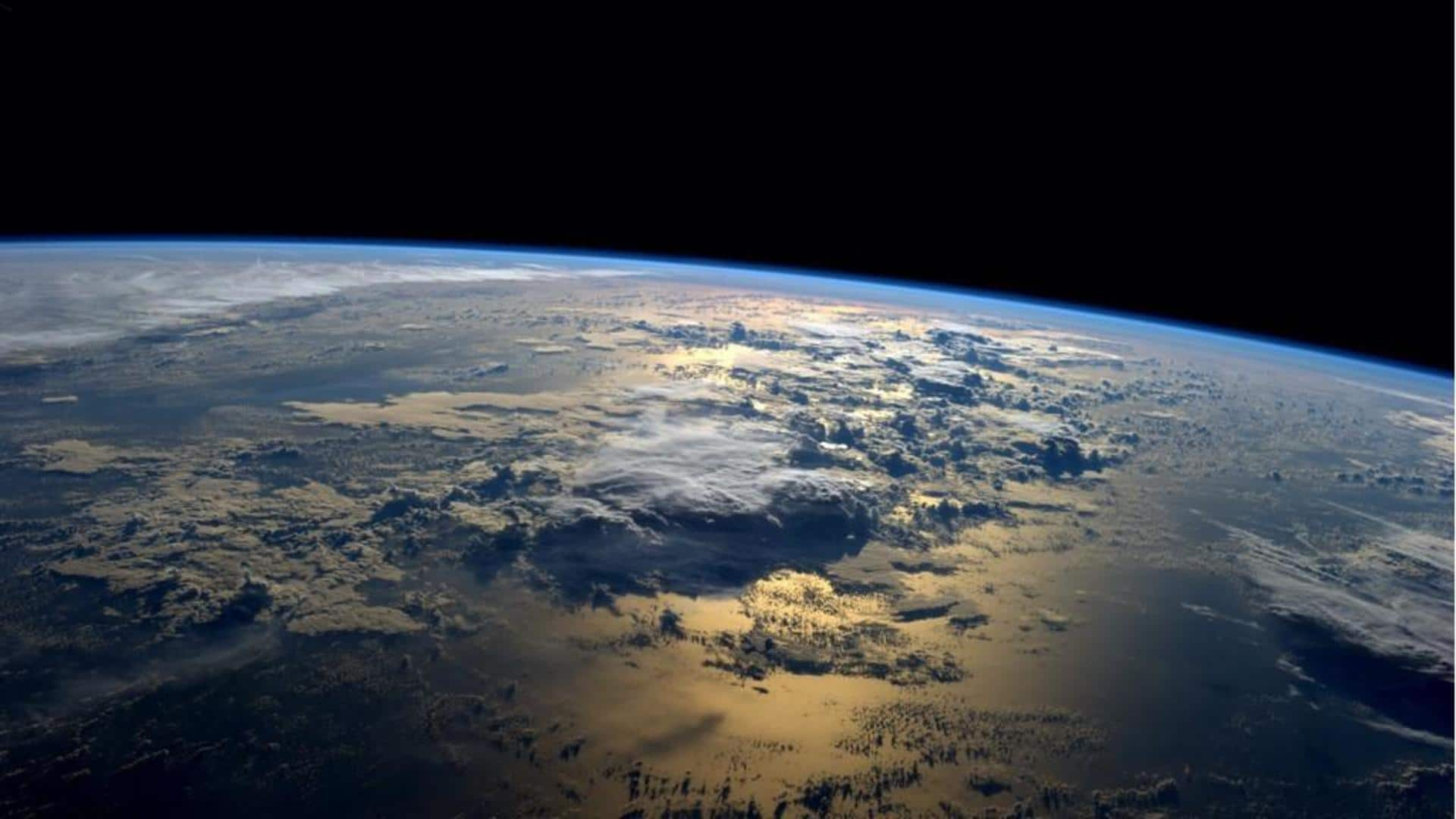
Space dust may unlock the mystery of alien life: Study
What's the story
A new study suggests that space dust and debris from other planets might possess clues of life beyond Earth. Around 100,000 space dust particles, which may contain clues of extraterrestrial life, could be making their way to Earth every year, as per the research. The hunt for life beyond our solar system could shed light on the origin of life on Earth as well.
Context
Why does this story matter?
The possibility of life beyond our home planet has both excited and puzzled scientists. Several space organizations have sent out missions to Mars and even asteroids, in the hunt for extraterrestrial life. In light of the findings from the recent study, it appears we might not have to look far to find traces of alien life.
Study
We should study well-preserved grains ejected from other worlds: Totani
The study's lead author, Tomonori Totani, an astronomy professor from the University of Tokyo, suggests we should study "well-preserved grains ejected from other worlds for potential signs of life." While astronomical observations might be able to uncover life signatures, it will not be possible to claim "unambiguous detection of life" by relying on remote observations of planets alone, argues Totani.
Detail
How can space dust harbor traces of life?
To better understand the claims of the research, think of the ejection of ground material from a celestial object when it collides with say, an asteroid. If there is life of any kind on the celestial object, there are small chances that this ejected material may contain some dead or even fossilised microorganisms. But how do we collect this space dust?
Detail
Different-sized particles will exhibit different behavior in space
This ejected material will vary in size and the different-sized particles will exhibit different behavior in space. For example, the larger pieces of the ejected material could fall back down to the celestial object or can wind up orbiting a local star or any other planet. Meanwhile, the smallest pieces could be too minute to contain any verifiable signs of life.
Detail
Space dust in the range of 1-micrometer are ideal candidates
However, space dust particles in the range of one micrometer, which is one-thousandth of a millimeter, might serve as the ideal candidate to bring signs of extraterrestrial life to Earth. Space dust particles can host a specimen of a single-celled organism and under the right circumstances, they can potentially escape their solar system and might even reach planet Earth.
Official words
"The distances and times involved can be vast"
"The distances and times involved can be vast, and both reduce the chance any ejecta containing life signs from another world could even reach us," said Totani. Several phenomena like "heat or radiation," can impact small space particles, added Totani. The study estimates 100,000 space grains could reach Earth every year but given the uncertainties, the estimate could be "too high or too low."
Location
Where to find such space dust?
"There may be such grains already on Earth, and in plentiful amounts, preserved in places such as the Antarctic ice, or under the seafloor," according to the study. "Space dust in these places could be retrieved relatively easily, but discerning extrasolar material from material originating in our own solar system is still a complex matter."